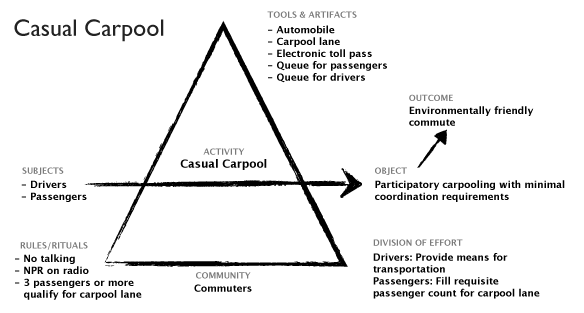Rus Yusupov talks about the design process at Vine in Design at Vine: Everyone needs an editor. I love these kinds of posts because I always learn something — either confirmation that we’re not the only ones doing things a certain way, or that we’re doing something wrong and need to change.
One of Vine’s key design principles got me thinking about the “invisible design” debate again:
Strive for simplicity. An interface should get out of the way. People should be able to focus on being creative, not on how to use the app. In many ways, interface design is like film editing: if you notice it, it wasn’t done well.
This idea has been a common refrain over the years, especially since Dieter Rams formalized his 10 principles of good design and said that “Good design is as little design as possible.” Except that somewhere along the line, we started to believe that “as little design as possible” means “getting out of the way”. It doesn’t.
Rams didn’t say that good design disappears completely. “As little design as possible” is not about making things invisible, it’s about “not burdening products with non-essentials”. It’s about making the right choices about what should be there, and what shouldn’t. There is nothing wrong with making the things that are in the product visible, sometimes very much so. Let’s not forget that one of Rams’s other principles is that “Good design is aesthetic”:
The aesthetic quality of a product is integral to its usefulness because products we use every day affect our person and our well-being.
I would add that making the right interface elements appropriately visible is essential for a visual hierarchy that effectively guides users through an interface.
Nevertheless, at some point the design community collectively arrived at this conclusion that good design is invisible — or even better, not even there. And I think that’s a dangerous line of thought. In the case of Vine, they used this principle well to ensure simplicity in the app. But there is still a very strong visual identity in the app.
We need to remember not to conflate what should be two different arguments. “How it works” should be invisible, but “How it looks” certainly doesn’t have to be. I think Dieter Rams would agree with that.
I’ve written about this topic before in So, is good design invisible, or not?
